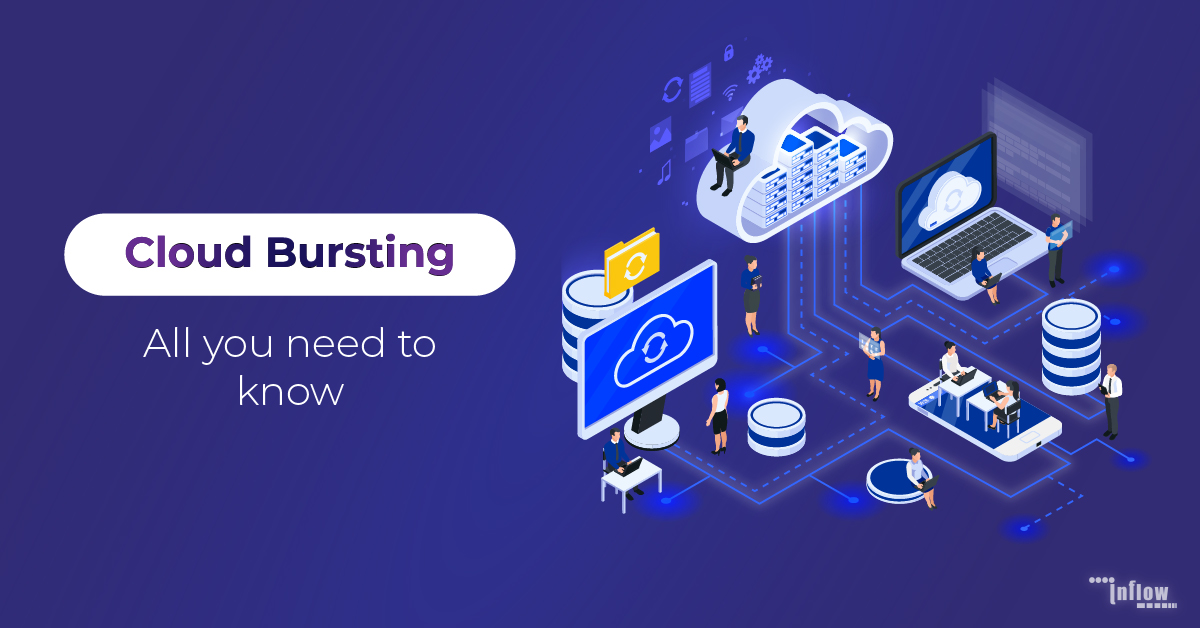


Cloud Bursting – All you need to know
 nnNobody wishes to spend on infrastructure in advance, especially at these unpredictable times. However, your stakeholders will be disappointed if you are unable to handle a spike in demand. Organisations that build their infrastructure successfully with the capacity to burst when in need invest a minimum amount upfront, and the optimal amount during the seasonal peak. If so, how is it that only a few organisations do it successfully?n
nnNobody wishes to spend on infrastructure in advance, especially at these unpredictable times. However, your stakeholders will be disappointed if you are unable to handle a spike in demand. Organisations that build their infrastructure successfully with the capacity to burst when in need invest a minimum amount upfront, and the optimal amount during the seasonal peak. If so, how is it that only a few organisations do it successfully?n
n
Challenges of Bursting to the Public Cloud
n
Operational:
nThe operational teams must be capable of maintaining SLAs, meeting compliance, governance and other requirements. Mixing cloud infrastructures creates challenges like:n
- n
- How to move the data to the cloud without disturbing the service?
- How to move the data out of the cloud when the peak is over?
- How to maintain backup consistency when they are from different sources?
- What is the cost of getting the data back to the premises?
- What are the governance tools needed?
- What are the security tools needed?
n
n
n
n
n
n
n
Financial:
nUnlike SMBs, large enterprises prefer economies of scale in the private cloud, and so they pay a premium known as Cloud Tax when moving to the public cloud.nnSo, these large enterprises end up with the equation:nnPublic cloud = More agile, but expensivenPrivate cloud = Less agile, but cost-effectivennBecause large enterprises need both agility and cost-efficiency, they have three options:n
- n
- Make the public cloud cost-effective.
- Employ hybrid cloud services, leveraging public cloud only when needed.
- Make the private cloud burstable.
n
n
n
nNow, since the first two options are nearly impossible, let’s look at the only option available.n
n
Make your Private Cloud Burstable
nWith compute virtualised, it’s easy to scale. Solving storage bursting solves not only the ‘Cloud Tax’ problem but also clears all the technical issues of bursting to a public cloud.nnSome vendors offer burstable private cloud storage, but with a few limitations:n
- n
- It is expensive, thus indirectly bearing the ‘Cloud Tax.’
- It’s only suitable for a small percentage of your storage.
- It requires using OpEx models, which not everybody can.
- It requires physical shipping when you grow, adding an operational overhead.
n
n
n
n
nThus, these vendors don’t remove the risk of infrastructure investment; hence our problem is not solved.n
n
What is a Burstable Storage really, then?
nOur partner, Infinidat’s Elastic Pricing Model, eliminates all these vendor limitations. It allows a burst of up to 500% without the need for shipping, letting the customers use both CapEx and OpEx as they see fit. It reduces the storage cost, allowing customers to pay only for what they use. Above all, it doesn’t compromise on performance, reliability and availability.
